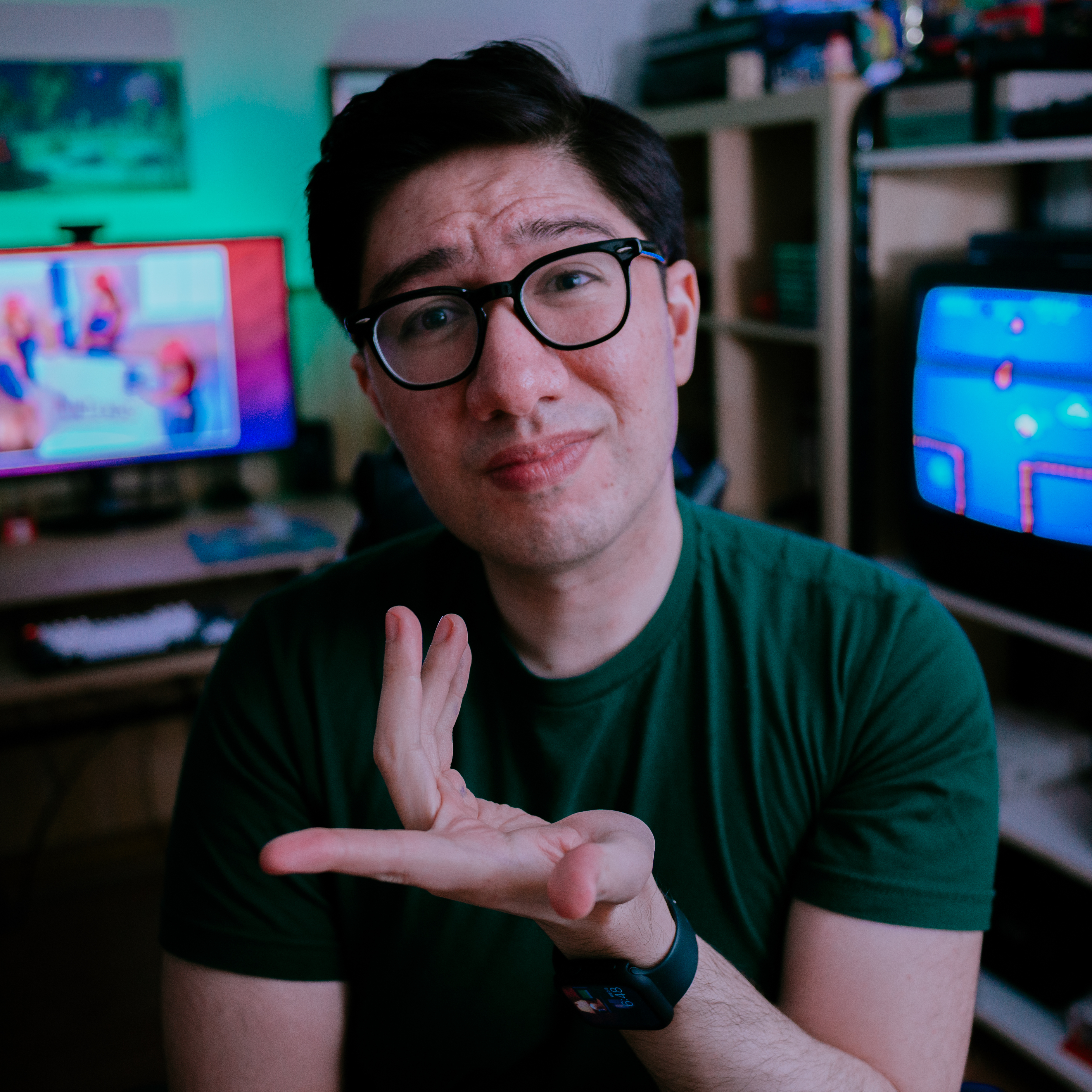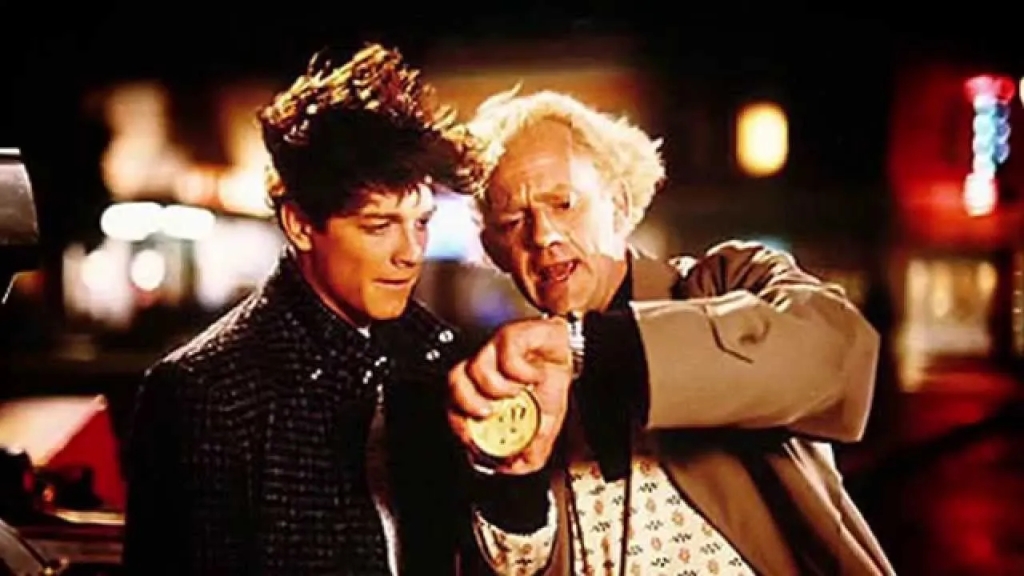Back to the Future. Whew. What a movie, am I right? You got Marty and Emmett Brown’s friendship, the bully Biff, a bit of a will-they-or-won’t-they-oh-god-I-hope-they-for-Marty’s-sake between his parents and… the fridge scene from Indiana Jones and the Crystal Skull?
That’s definitely different.
The 1984 Robert Zemeckis film is one of my favorite movies of all time and has sat comfortably on atop the throne of being one of my most rewatched flicks for as long as I can remember. It’s one of those movies that I throw on in the background while I’m cleaning or sick and can basically recite from start to finish with only the smallest of flubs along the way. For cryin’ out loud, the first two years of my podcast, Media Obscura, were literally punctuated with a running gag where myself and my faithful co-host Mike would reference the series at least once per episode.
So while taking a break from laboring on my debut novel Guppy Falls, which readers can learn about very very soon, I decided to do something a little different. I decided to track down the infamous first draft for the iconic film.
You see, back in 1980, Bob Gale and Robert Zemeckis put this script together with the intention of making it more of a broad comedy than the movie we know and love today. And unfortunately for them, but fortunately enough for us, it ended up taking 5 years and Steven Spielberg’s assistance to get the thing made. In that time, they flew through drafts of the film and slowly turned it into the movie we know today.
But… what about that first draft? Just how different can it be and is it worth a read?
I’m not gonna mince words with you. The first draft of Back to the Future is a mess. It’s a fun read for sure and needs to be seen to be believed, but it’s also one of the strangest things I’ve read in a long time.
For starters, I’m gonna list a few of the differences between it and the complete film:
• The story takes place in 1982 as opposed to 1985.
• Doc Brown doesn’t exist as we know him today. Instead, he’s Professor Brown and he’s a kooky scientist that works out of an abandoned theater with his pet chimp Shemp (as in Shemp from The Three Stooges).
• He’s still a formerly wealthy scientist but in this reality, he spends his time fiddling with a strange device (the time machine) while also producing bootleg tapes with Marty.
• Marty still has a girlfriend in this story but, instead of her being named Jennifer, she’s Suzy. Small enough change, but a change nonetheless.
• Mr. Strickland doesn’t exist in this story. Instead, we have his science teacher, Mr. Arky. Interestingly enough, Mr. Arky actually made it into Back to the Future’s novelization that came out alongside the movie. If you’re curious about that one, maybe I’ll write a piece on it someday. It’ a trip. A similar sequence that opens the book and this script involves him teaching a class about nuclear power.
• The Delorean doesn’t exist either. Prof Brown’s time machine is a glorified refrigerator in this story and requires a power converter combined with (and I’m not making this up) Coca-Cola in order to generate enough “rads” of radiation to travel through time.
• Prof isn’t gunned down by Libyan nationals like Doc was. He’s shot by the FBI as they burst into the theater to try and spot the source of increased amounts of radiation in Hill Valley.
• The climax of the story involves Marty breaking into a nuketown in Nevada due to needing the energy generated by a nuclear bomb to travel back to the future. Spielberg apparently loved the image of surviving a nuclear blast in a fridge so much that he recycled it for the fourth (and then final) Indiana Jones picture.
• That ending… wow. Um. Avert your eyes if you hate spoilers because it’s truly insane. Marty arrives in an alternate 1982 where Prof Brown has built a flying car that runs on coke, George is a pugilist instead of a writer, and he has a robotic butler that I can only imagine is the robot from Rocky IV. It kinda blows. Oh, Professor Brown figuring out that coke is highly effective fuel also turned the world into the future from The Jetsons and prevented inflation from ever happening. George complains about a $2.00 electricity bill and frankly, I’m jealous.
Like I said, it’s a weird one. If it isn’t the large, sweeping changes made to the story that’ll get you, it’s the little differences. Like how Marty’s mom is named Eileen (a character literally says “Come on, Eileen!” at one point!) or how Biff has a penchant for calling people an “A-hole” as opposed to a butthead.
It’s still BTTF at it’s core though and, despite featuring some truly radical changes between it and its later iterations, it’s ultimately a story about friendship and coming of age. Albeit one that isn’t pulled off nearly as well as the final version.
But you know what? I’m totally here for it. Like I said earlier, Back to the Future is one of my favorite films of all time and this bizarro version of the story made for a fantastic read. Especially coming off of writing and spending several months editing and tweaking my debut novel, I feel like I needed to read this. I physically needed proof that classic and well-formed stories don’t come out perfect the first time you run through them and that there’s always room to improve.
Honestly, with society’s obsession with remakes and reimagining everything into oblivion, I could see this version of the movie making for an interesting (read: probably not good but fun either way) comic miniseries, limited live action or animated TV show, or book. It lacks a lot of the heart that the released one has but, frankly, I have little faith in a remake of the real thing having that either so I’d at least want the eventual zombification of my childhood favorite movie to at least be bonkers. Bonus points if they somehow work Eric Stoltz into it.
Was the script good? Uh… kinda? I mean it wasn’t terrible or anything but I’m also not going to pretend that a decent chunk of my enjoyment with it came out of pointing out the similarities and differences between it and the final product. For what it is, a decently well preserved and easy to find first draft of one of the most iconic movies of the past 50 years, it’s totally worth a read! You can fly through it in no time at all and, if you’re a fan of the series, you’ll be sure to have a good time. Plus, if you have friends that are into the franchise too, you can even go the extra mile and put together a table read of it for fun!
Wait… That’s actually a great idea. Huh. That’d be a hell of a way to bring back my podcast, actually…


Leave a comment